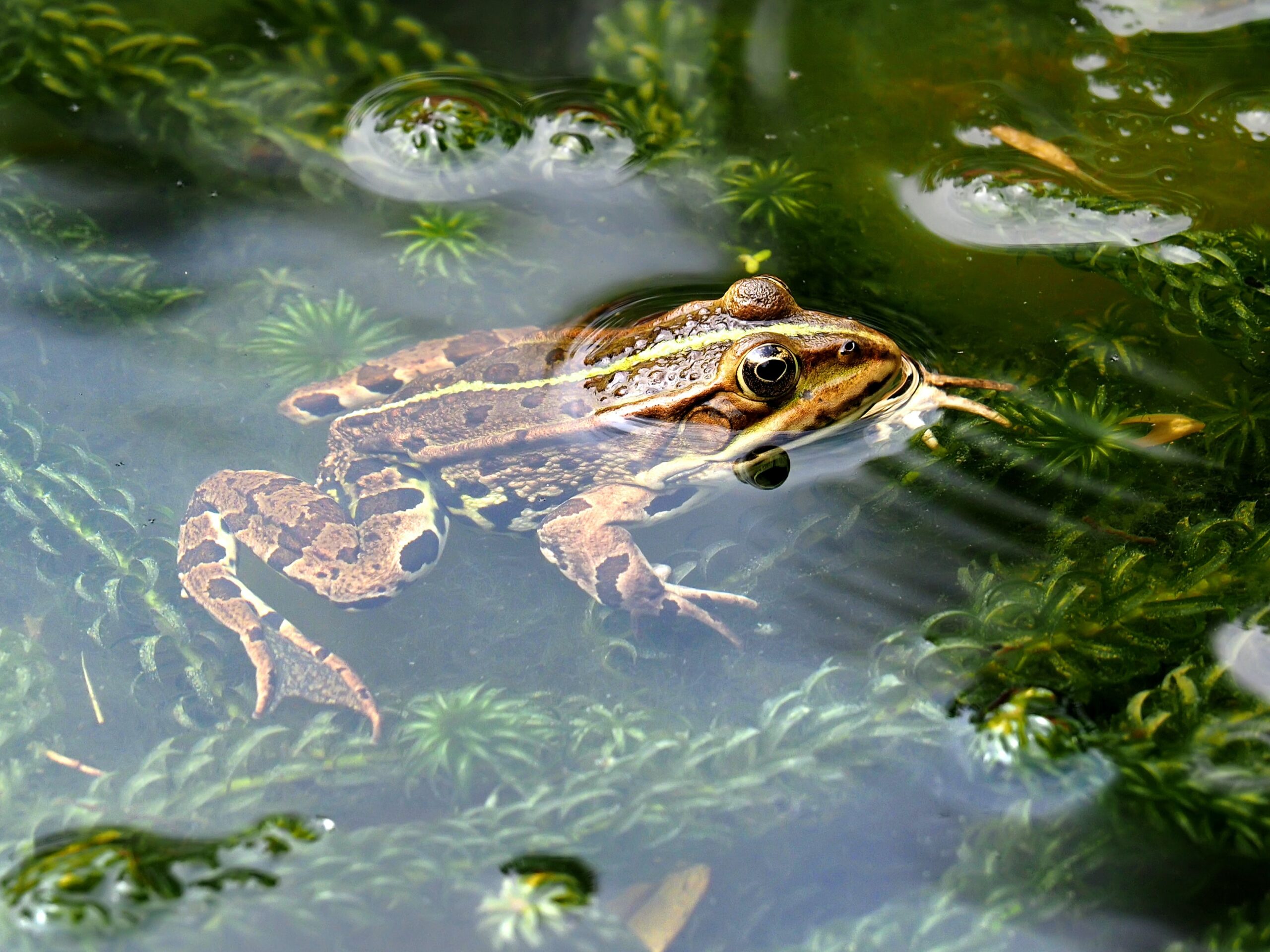If a hierarchy exists ranking every species of animal on the planet, human beings will sit at the top of the list. We are the smartest animal we’ve ever known and have dominated the natural world. This control has been the natural order since that first enterprising caveman picked up a stick.
However, the one major drawback to humanity’s craftiness and willingness to use tools is that our evolutionary path has become a bit disrupted. Because we opted for spears and hammers to defend ourselves and hunt, we have closed the door on any evolutionary need that would result in some of the cooler traits seen in certain animals.
Take lizards, for example, they’re nowhere near their prehistoric ancestors’ size, but some have fascinating characteristics. If an accident or attack leads to a lost limb, some species of gecko and iguana can grow them back. Workplace accidents are a frequent culprit for human limb loss, and the unfortunate situation where a soldier is injured in combat is even more likely. If we could understand the genetic origin of this regenerative trait seen in reptiles, perhaps it could eventually apply to human beings.
A recently published study from Tufts University documents a breakthrough in regenerative medicine. The experiment set out to examine whether a group of frogs who had lost their limbs would be able to regrow them in some form when treated with a specific mixture of chemicals. The frogs were seen as a potential middle point from lizards to the lab rats and various other mammals in their genetic similarity to humans.
Each frog had its damaged limb covered with a silicone cap containing a mix of drugs designed to minimize inflammation and scarring while stimulating the growth of muscles, blood vessels, and nerve fibers. The researchers examined the frogs over 18 months before final observation. To the delight of the group, many had successfully regrown their legs.
Not only in a vestigial sense, either — the limbs responded to touch and were fully functional to the point where the frog’s mobility was unaffected.
“It’s exciting to see that the drugs we selected were helping to create an almost complete limb,” Nirosha Murugan, Tufts research affiliate, told Tufts Now. What surprised the group the most was that such impressive results came from a 24-hour exposure window to the treatment.
Murugan says the findings have significant implications for the possibilities for other species beyond frogs. “The fact that it required only a brief exposure to the drugs to set in motion a months-long regeneration process suggests that frogs and perhaps other animals may have dormant regenerative capabilities that can be triggered into action,” Murugan said to Tufts Now.





